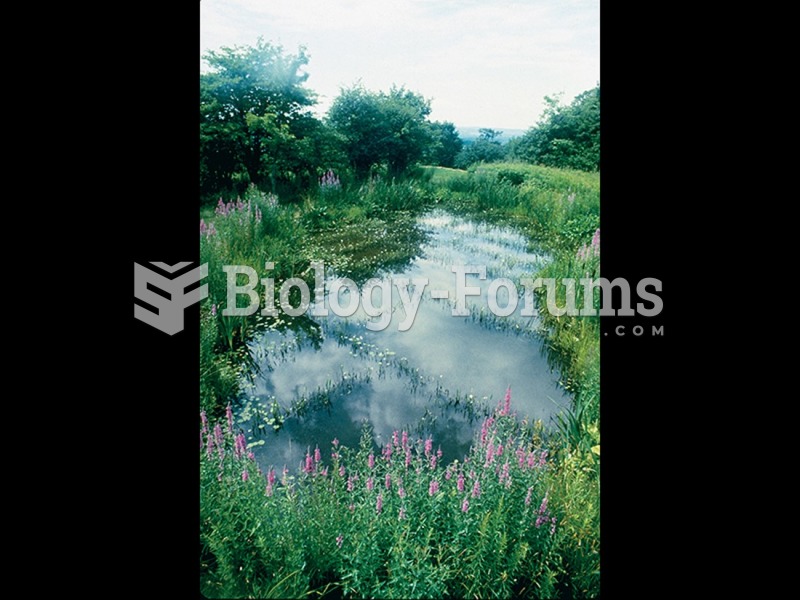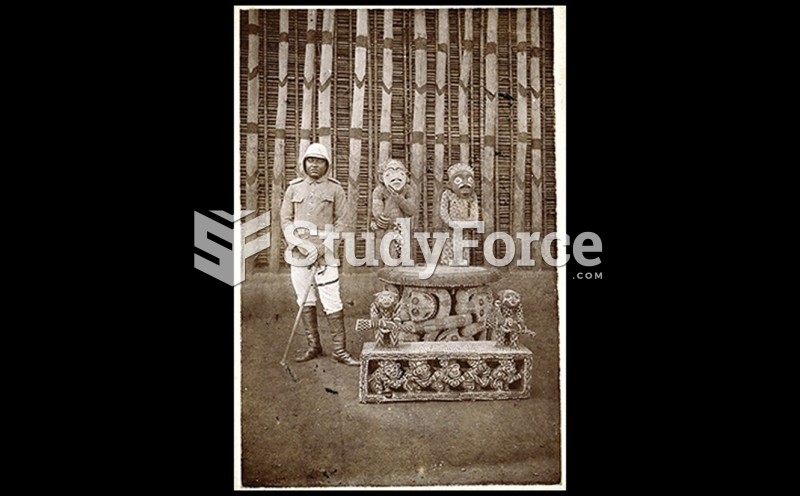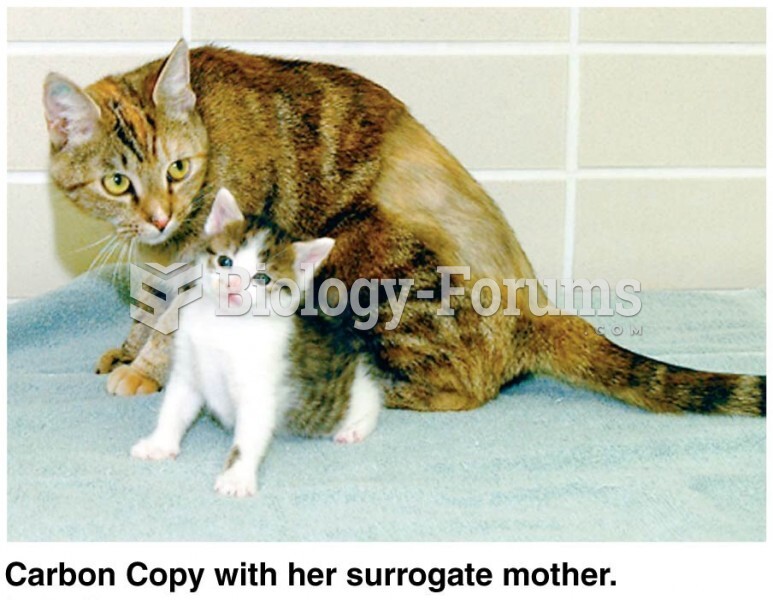Answer to Question 1
Answer: Although John Bowlby believed that infants are predisposed to direct their attachment behaviors to a single special person, especially when they are distressed, his theory allows for multiple attachments. Babies develop attachments to a variety of familiar peoplenot just mothers but also fathers, grandparents, siblings, and professional caregivers. When anxious or unhappy, most babies prefer to be comforted by their mother, but this preference typically declines over the second year. And when babies are not distressed, they approach, vocalize to, and smile equally often at both parents, who respond similarly to these overtures. Fathers sensitive caregiving predicts attachment security, though somewhat less strongly than mothers. Play is a vital context in which fathers build secure attachments. A warm marital bond and supportive coparenting promote both parents sensitivity and involvement and childrens attachment security, but they are especially important for fathers.
Answer to Question 2
Answer: Separation anxiety is the degree to which babies become upset when their trusted caregiver leaves. By the second half of the first year, infants have become attached to familiar people who have responded to their needs. Babies typically display separation anxiety from 6 months to 2 years. Separation anxiety does not always occur; it depends on infant temperament and the current situation. But in many cultures, separation anxiety increases between 6 and 15 months. Besides protesting the parents departure, older infants and toddlers try hard to maintain her presence. They approach, follow, and climb on her in preference to others. And they use the familiar caregiver as a secure base from which to explore. By the end of the second year, rapid growth in representation and language enables toddlers to understand some of the factors that influence the parents coming and going and to predict her return. As a result, separation protest declines.







